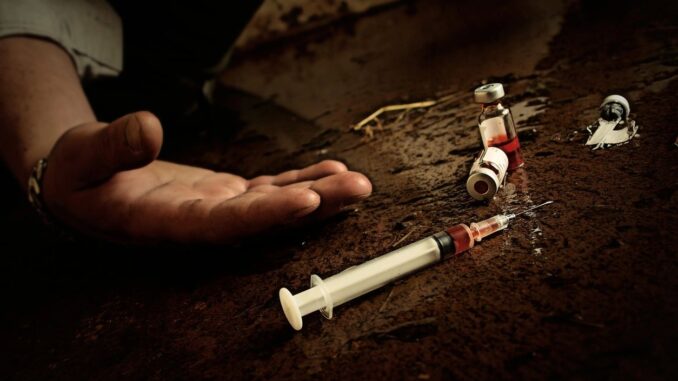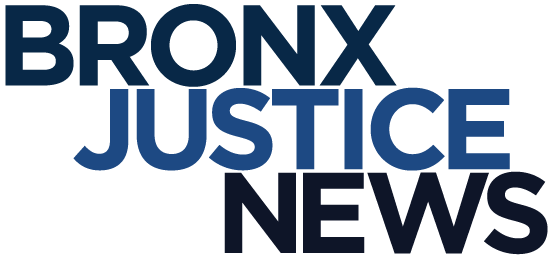
By Kevin Deutsch
[email protected]
The coronavirus outbreak is spurring alarm among New York City’s addiction treatment workers and opioid-dependent patients, with long lines forming outside city methadone clinics, Naloxone reportedly more difficult to access, and group addiction therapy continuing in some facilities—despite the risk of contagion.
Amid America’s opioid addiction crisis, the drastic public health measures sparked by COVID-19 – including self-imposed quarantines, widespread office closures, and an increasingly strained hospital system – have the potential to worsen the opioid scourge, care experts told Bronx Justice News Monday.
Both public and private health providers are seeing increased demand for addiction treatment at some facilities as the coronavirus spreads; a natural consequence of the isolation, stress, and economic instability wrought by the virus, experts said.
Making things more complicated: The front-line care providers most seriously impacted by the opioid crisis – social workers, addiction counselors, nurses, EMT’s, and others – are at greater risk for exposure to coronavirus because of their duties. And many fear carrying on their work as usual, given the risk of transmission.
New York City and state governments are advising addiction treatment facilities to remain operational, while at the same time taking any precautions they can to protect workers, such as increasing disinfecting cleanings and providing protective masks and gloves to at-risk staffers.
Another quandary facing care providers is how to properly administer methadone amid a global pandemic.
Because of strict federal controls on methadone – an opioid commonly used to treat heroin and pain pill addiction – New Yorkers who use it must show up at city clinics daily to receive their dose. Lines outside those clinics were long Tuesday, despite the Center for Disease Control and Prevention’s recommendation that people stay home.
The process for distributing methadone could soon become simpler: The federal Substance Abuse and Mental Health Administration on Monday said states including New York can apply to send stable patients home with 28-day supplies of methadone, and less stable ones with 14-day supplies.
Another commonly prescribed opioid addiction treatment drug, buprenorphine, has fewer restrictions but, like methadone, also requires in-person medical visits; often to out-of-the way offices requiring subway or bus rides.
Use of heroin and opioid pills can impact breathing, as can opioid withdrawal. Breathing problems are a symptom of coronavirus as well.
Some treatment providers are also voicing concerns over patient access to Naloxone—the opioid overdose antidote the government has said it makes available at numerous city pharmacies.
